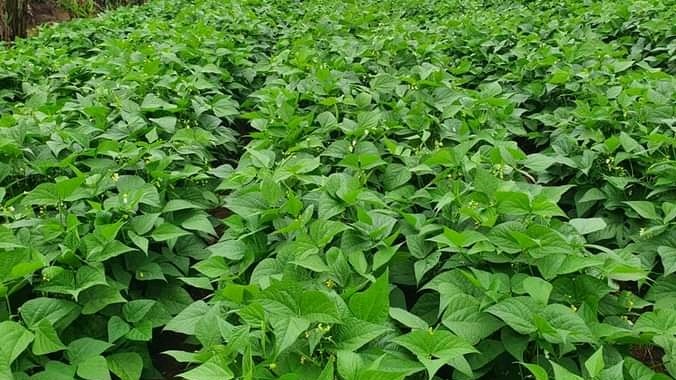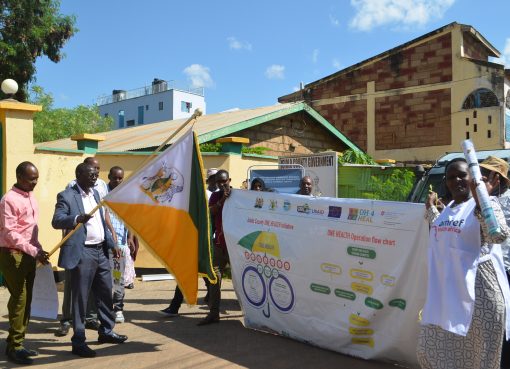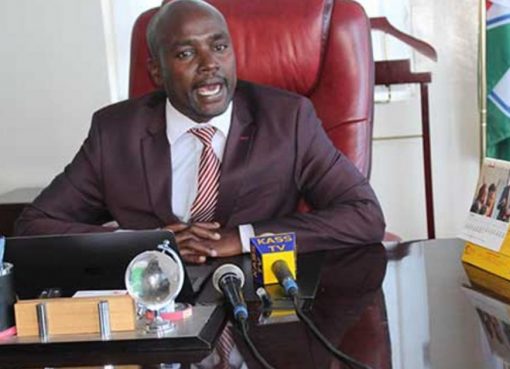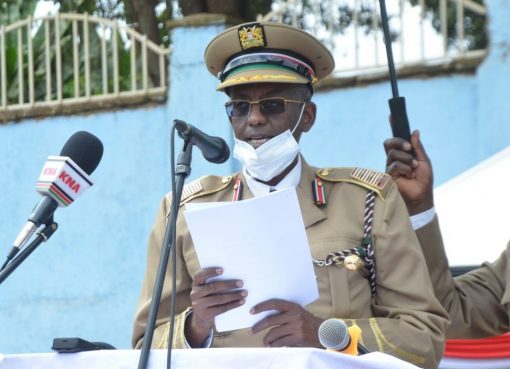Cereals crops such as maize, sorghum and millet are the main staple and cash crops for both small-scale and large-scale farmers in Uasin Gishu. However, their production is hugely constrained as these crops and other grass species are often infested by borers.
Farmers are encouraged to embrace push and pull technology. This is an inter-cropping technology for controlling agricultural pests using repellent “push” plants and trap “pull” plants.
Crop Officer, Mr Joash Wafula said, “Grasses planted around the perimeter of the crop attract and trap the pests, whereas other plants, like Desmodium, planted between the rows of maize, repel the pests and control the parasitic plant striga. As a result, the food crop is left protected from the pest.”
The technology was developed at the International Center of Insect Physiology and Ecology (ICIPE) in Kenya in collaboration with Rothamsted Research, UK and National Partners. Mr Wafula further stated that, “the Push–pull technology involves use of behavior-modifying stimuli to manipulate the distribution and abundance of stem borers and beneficial insects for management of stem borer pests.
It is based on in-depth understanding of chemical ecology, agro-biodiversity, plant-plant and insect-plant interactions, and involves inter cropping a cereal crop with a repellent inter crop such as desmodium with an attractive trap plant such as Napier grass (pull) planted as a border crop around this inter crop.”
“The Push and pull technology also have significant benefits for dairy farming, since desmodium and napier grass are both high quality animal fodder plants,” Wafula noted.
He said, “Both domestic and wild grasses can help to protect the crops by attracting and trapping the stem borers. The grasses are planted in the border around the maize and sorghum fields where invading adult moths become attracted to chemicals emitted by the grasses themselves.
Instead of landing on the maize or sorghum plants, the insects head for what appears to be a tastier meal. These grasses provide the “pull” in the “push–pull” strategy. They also serve as a haven for the borers’ natural enemies”.
“This strategy is based around the use of locally available plants, not costly industrial inputs, thus making it both more economically feasible and more culturally appropriate as this method is in many ways similar to traditional African practices of inter cropping. For this reason, this method is anticipated to be a popular solution to food insecurity in Kenya. While this strategy is less resource-intensive, it is more knowledge-intensive,” Wafula said.
“Indeed, mass media campaigns have been launched, public meetings held, printed materials disseminated, and farmer-to-farmer and farmer field school programmes established in order to overcome knowledge barriers to the implementation of push-pull technology”, he added.
“Another measure that can be taken to boost adoption rates of push-pull technology is to distribute desmodium seeds and other inputs that are required to begin this practice through partnerships with seed companies and local farmer groups,” Wafula stated.
He further added that, “In order to combat the former shortage and high cost of desmodium seeds that were limiting the spread of push-pull technology, intensive seed production initiatives have been launched and farmer groups have been encouraged to propagate the seeds themselves,” Wafula adds about a technology that can revolutionise farming in the country and enhance food security.
“As a result of these measures, the market for desmodium seeds has been stimulated and the seeds have become more accessible to smallholder farmers looking to implement push-pull methods in their fields,” he concluded.
By Judy Too





